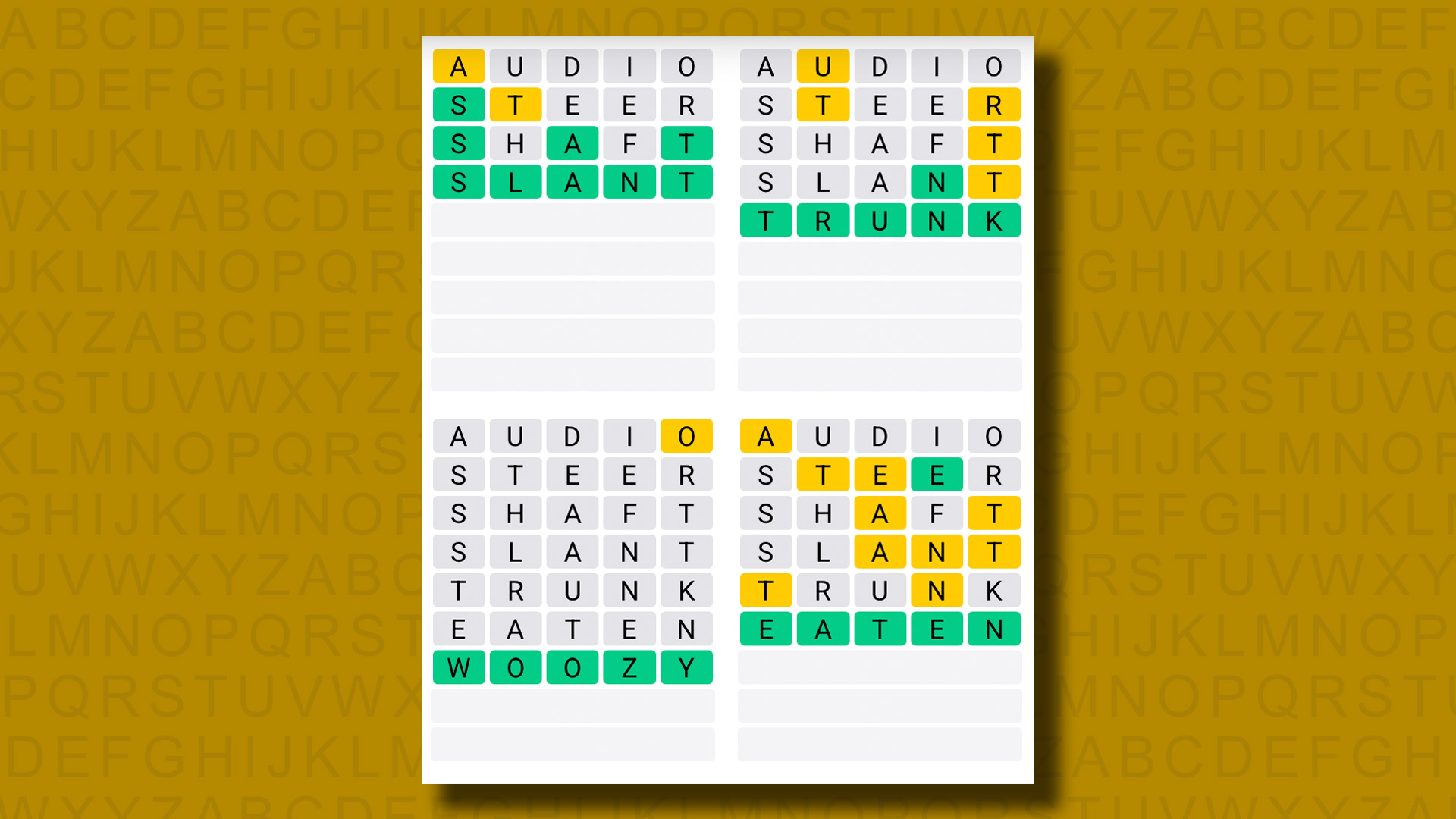Doagh Famine Village In County Donegal, Ireland

Located in County Donegal, Ireland, the Doagh Famine Village is a unique visitor attraction that includes a spooky corner, famous quotes that inspire reflection, life-size reproductions and miniatures of historical Irish life, an Orange Hall (built by a Catholic), and much more across the traditional buildings that were once part of the village of Doagh. Visits start with a brief tour and explanation of daily life (dealing with food, traditions, and social structures) by a former town resident, after which you can experience the rest of the village on your own.
While it is located in the country of Ireland, some displays in the village focus on aspects of life in the region of Northern Ireland (part of the United Kingdom), given its closeness to the border. These include the reproduction of a safehouse from the time of the Irish Troubles, a conflict centered in Northern Ireland that took place during the second half of the 20th century. The safehouse features several hidden doors to move between rooms, which help explain the history and characters of the conflict as you move through the space.
The Orange Hall is a type of building normally found in English-speaking countries with sizable Catholic and Protestant populations. Given that British king William III, also known as William of Orange, was a staunch fighter for Protestantism against Catholicism in the late 1600s, his name and the color have been adopted as sectarian symbols. Orange Halls are often home to Orange Orders, associations of Protestants who gather and even march (Orange Marches) under the pretext of celebrating their religious heritage and pride. Therefore, the notion that a Catholic Irish man decided to build a reproduction of an Orange Hall that was as respectful and accurate as possible for Doagh's Village attraction was met with derision, humor, and curiosity, but surprisingly most of all, genuine support from members of active Orange Orders, who even donated some artifacts.
The Famine Village does incorporate its title concept throughout. Several displays and quotes are related to the Irish Potato Famine of the mid-19th century and the role that the British and Irish authorities played in worsening the natural catastrophe and subsequent emigration.
It's not all serious business here though, as the village features something of a tongue-in-cheek year-round Halloween (or Samhain) "spooky corner" where you can walk through graveyards and abandoned houses lit by blacklight.
An Irish wake is represented with mannequins in the village, and the guides will gladly explain the funerary traditions of Ireland. Another exhibition deals with the discrimination towards the nomadic group known as Irish Travellers. Doagh Village doesn't shy away from showcasing controversial aspects of Irish culture—even traditionalist Catholic views such as the shunning of women who got pregnant out of wedlock make the cut in its displays.


